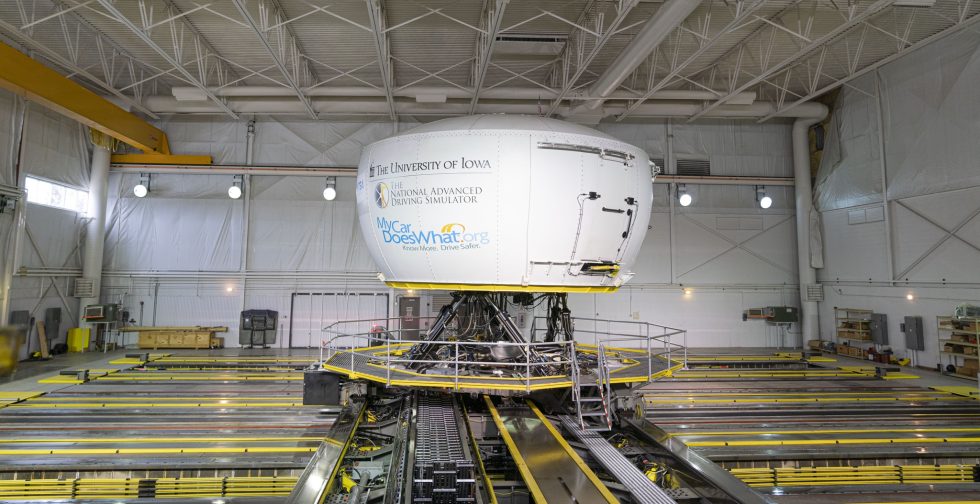There’s an $80 million driving simulator in Iowa, and we tried it out

This is the NADS-1, an $80 million driving simulator. [credit: Toyota ]
To most people, the words "driving simulator" probably conjure up thoughts of video games. That's understandable: franchises like Gran Turismo and Forza have sold in the tens of millions. While the fidelity of even those games is little short of amazing, at the end of the day, they're games first and foremost. But there are other good reasons to simulate driving, whether that's to study distracted or impaired driving or to better engineer a race car. As you might imagine, these simulators are a little bit more specialized than a games console and a steering wheel-and a good deal more expensive, too. What you may not imagine is that one of the most advanced driving simulators in the world, not to mention one of the largest and most expensive, can be found in Coralville, Iowa.
It's called the National Advanced Driving Simulator (NADS). Actually, the facility-one of our national labs and managed by the University of Iowa-is called NADS; the really expensive driving sim is called NADS-1, and it's a sight to see. In fact, until Toyota built a new simulator in Japan in 2007, it was the most advanced driving sim on the planet, and it still has the second-largest motion envelope of any driving simulator that currently exists. (There's also a NADS-2, which isn't quite as advanced because it doesn't move.)
https://cdn.arstechnica.net/wp-content/uploads/2020/02/IMG_8339.m4vNADS-1 lives in a hanger-like chamber, smaller than a football field, bigger than a basketball court, and looks similar to the very high-end flight simulators you might find at Boeing or Airbus. There's the dome-a white capsule large enough to fit a full-size car or even the top two-thirds of a class 8 truck-around which is displayed a 360-degree virtual environment. The dome is mounted atop six hydraulic legs, which let it pitch forward and back and roll from side to side. The legs are mounted upon a rotating ring, which lets the entire unit yaw from side to side, and the whole arrangement is fixed to an X-Y platform that lets it move within the room, to better simulate a vehicle accelerating and braking.
Read 9 remaining paragraphs | Comments